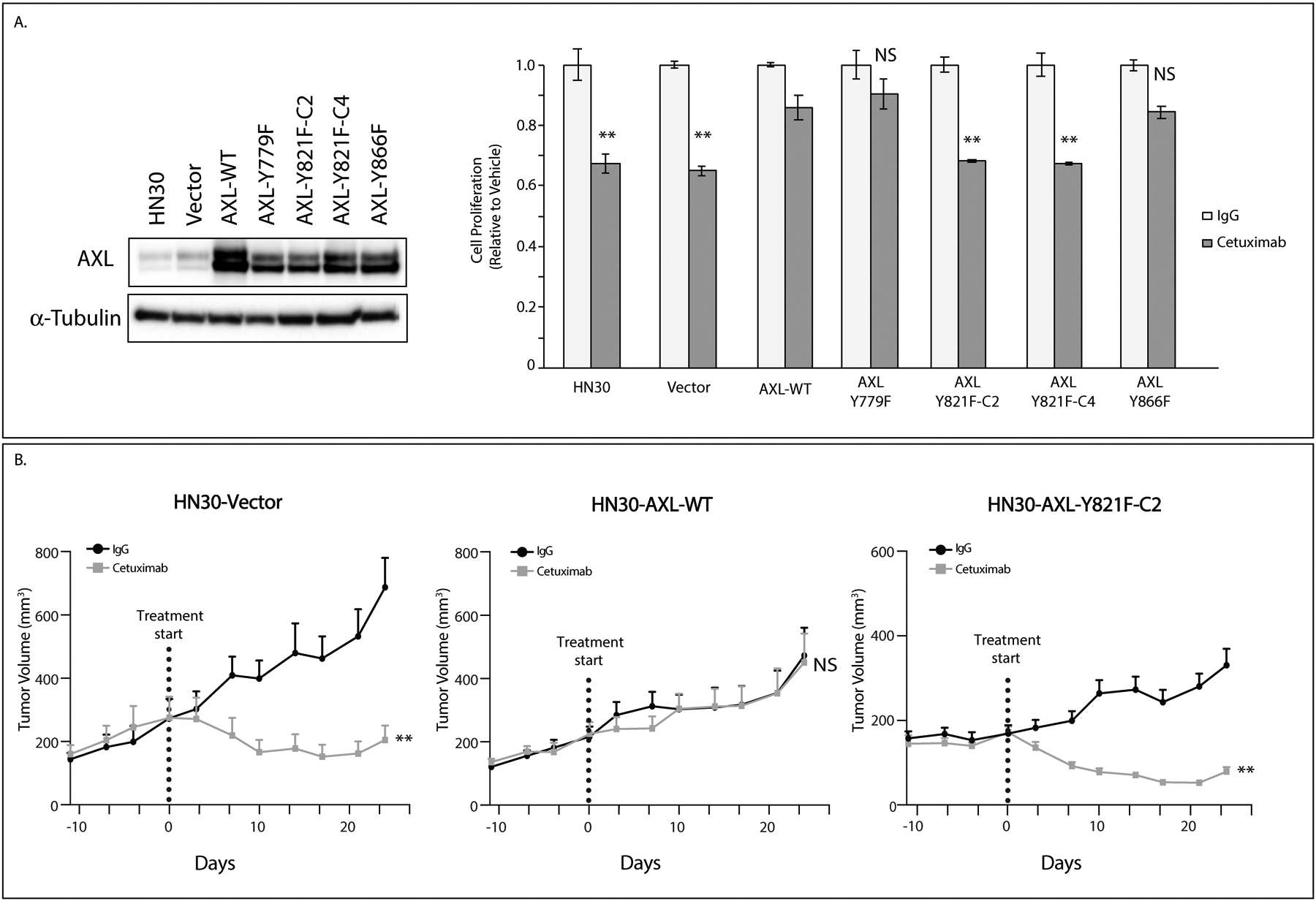Figure 2: Y821 of AXL is critical for resistance to cetuximab.

A: pcDNA6.0-Vector control, pcDNA6.0-AXL-WT, and pcDNA6.0-AXL mutants (Y779F, Y821F, and Y866F) were stably overexpressed in HN30 cell line. Cells were treated with IgG or cetuximab (100nM) for 72 hours and relative cell numbers were determined by crystal violet assay. Mean values and SEs were derived from replicates within one experiment. Statistical analyses compare cetuximab response to AXL-WT cells and are representative of four independent experiments. **, P<.01. Endogenous AXL expression was determined by immunoblot analysis of cell lysates with α-tubulin as loading control.
B: HN30-Vector, HN30-AXL-WT, and HN30-AXL-Y821F-C2 cells were injected into flanks of nude mice and treated with IgG or cetuximab (0.2mg/mouse) twice weekly for 28 days. Data was analyzed using linear mixed models where volume was modeled on natural-log scale. **, P<.01; NS, not significant. Tumor numbers: HN30-Vect: IgG n=13, Ctx n=14. HN30-AXL-WT: IgG n=14, Ctx n=14. HN30-AXL-Y821F-C2: IgG n=16, Ctx n=15.
